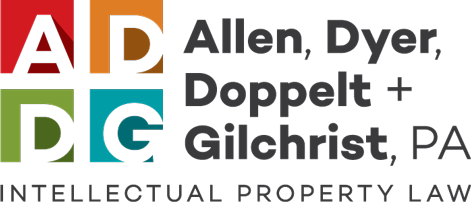Mediation, at its core, is an effort to get the parties to talk. By the time a case gets far enough along to be a candidate for mediation, it usually means the parties are no longer talking, or at least not communicating effectively. A skilled mediator will attempt to bridge the communication hurdles that have created the impasse. However, no mediator can be effective without the good faith participation of all the parties and the parties’ willingness to listen and communicate.
Because mediation is non-binding and confidential, participation comes at minimal risk for the parties while providing significant benefits. Even if a settlement is not achieved during the process, it is not a failure or waste of time if the process permits the parties to re-engage in effective communication, appreciate the opposition’s positions or define and narrow the dispute.
As mediation has evolved over time, most mediations begin with a joint session with all the parties, lawyers and the mediator gathered together. In the joint session, the mediator will review the process, remind the parties of the confidentiality obligations and let the parties know what to expect. This is often followed by each party presenting their version of the facts, the disputes and the expected outcome. Obviously, the parties rarely agree on much during these presentations, but it is important that the parties, the lawyers and the mediator appreciate the other positions in the dispute. As the mediator will not decide the outcome, there is no winning or losing this joint session, it is designed to frame the dispute and the options.
From the joint session, most mediators will then separate the parties and begin the process of communication and potential settlement avenues. These individual sessions allow the mediator and the parties the opportunity to openly discuss options, strengths and weaknesses without the fear that the opposition will seize upon any thoughts or comments. The mediator will usually bounce between the parties with ideas, comments, questions and suggestions. The framework for a settlement most often takes place during this process.
In some circumstances, the mediator may determine a joint session is not productive and start with the parties separated. This can be done for a variety of reasons; the parties’ relationship has deteriorated to such a degree that a joint session would not be helpful; the emotions involved are so strong that a joint session may make it harder to foster open communication; or simply that the parties are so familiar with the dispute that rehashing it would offer no benefit.
During the mediation process, the mediator may ask to speak privately with the lawyers, the parties or a single party. The mediator may determine another joint session would be helpful. There may be facts or circumstances that would dictate the mediation be suspended and rescheduled. On rare occasions, the mediator may determine that there is no chance of resolving the matter and declare an impasse. More often than not, the parties will agree on terms of settlement and the parties, their lawyers and/or the mediator will begin drafting an agreement. In complex matters, the drafting of a settlement agreement can seem like an entirely new mediation process has begun.
Once the mediation has concluded, the parties are either at an impasse and going back to the court process, have a final settlement agreement in hand and signed or something in between. The mediator, if the mediation is Court Ordered, will report to the Court the outcome of the mediation process. The Court will not be told if a party is being unreasonable, or any other details of the process, only that the case settled, it did not, and if not, if it is being rescheduled.

